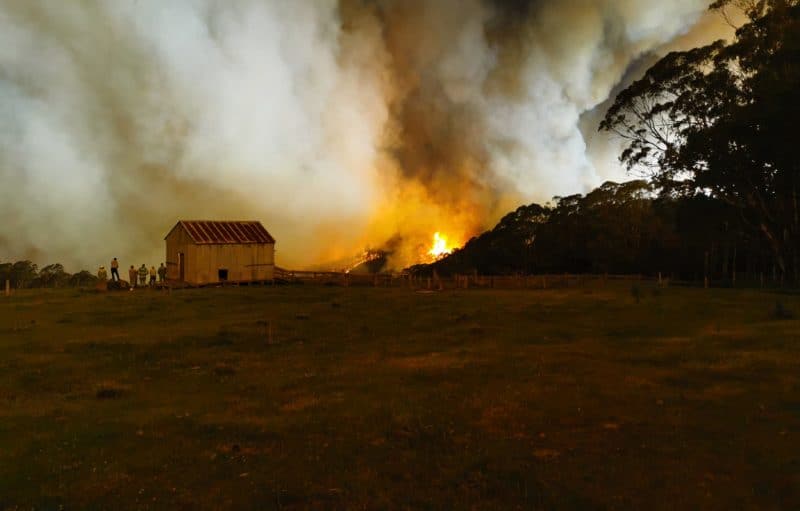MEDIA RELEASE 23 January 2020 |
The Victorian Government’s announcement of a $17.5 million fire response and recovery package for nature is a welcome step forward, but needs to be matched by Federal Government.
“The extensive fires this summer hugely impacted regional communities, but also damaged extensive areas of the habitats of important and already highly vulnerable native species. A strong response is vital if we are to help the bush, and the many remarkable animals and communities that depend on it, recover,” said Matt Ruchel, Executive Director of the Victorian National Parks Association.
“The investment of $17.5 million by the Victorian government over the critical next six months is a much needed and very welcome first step. The Federal government should, at least, match that commitment.”
“But the effort will have to be a sustained one if we are to control predators and herbivores taking advantage of the catastrophic situation. A sustained recovery effort will not just help a large number of threatened animals, it will also help regional economies.
Victoria’s exploding deer population, for example, has already had an enormous impact on habitats in eastern Victoria. The lack of cover as they colonise regrowing areas presents an unprecedented opportunity to control them.”
The situation is dire. An estimated 185 of Victoria’s species, many of them rare and threatened, have been impacted by the fire. Half of the habitat of around 20 rare native animals and 160 rare native plants has burnt; some have lost almost their entire habitat. Most of East Gippsland’s remarkable rainforests, remnants of the ancient Gondwanan forests and normally too wet to burn, have been severely impacted.
Among the many affected species are Brush-tailed Rock Wallabies, Long-footed Potoroos, Brown Tree Frogs, Greater Gliders, and several forest owls. A number of rare and highly localised native fish species have been impacted.
“Given the broad extent of these fires, it is more than ever important to protect all remaining unburnt, or less severely burnt, patches of habitat.“
“We are deeply alarmed by calls for extensive post-fire salvage logging of native forests, which will remove tree hollows, critical habitat features for Greater Gliders and owls as the forests recover. Salvage logging and thinning in national parks and other areas of native bush must be ruled out.”
The key actions identified as priorities for immediate and short-term implementation (within next 6 months) are:
- Protect and manage key unburnt areas and populations
- Intensified and sustained predator control within burnt and adjacent areas
- Intensified and sustained herbivore (deer, pig, horse) control within burnt and adjacent areas
- Emergency extraction, ex situ management and translocation of critical flora and fauna species
- Immediate on-ground reconnaissance of critical species to inform status following fire.
